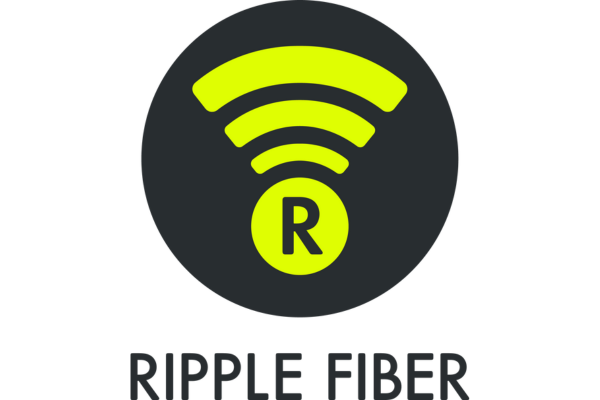FFB Week 47: Leading a Transformation: Brightspeed’s First Six Months Under New Leadership
Leading a Transformation: Brightspeed’s First Six Months Under New Leadership
This week’s Fiber for Breakfast featured Michel Combes, CEO of Brightspeed, who joined Gary Bolton for a candid conversation about his career, why he came out of retirement to run the company and how he’s steering Brightspeed into its next chapter. Combes has spent more than four decades in global telecom, leading major operators and vendors around the world. He first became involved with Brightspeed as an investor while he was still at SoftBank and continued to watch the company closely. When Apollo Global Management, Brightspeed’s parent company/owner, later approached him to take over as CEO, he said the decision was easier than expected—he believed the company had the right assets, the right footprint, and the right potential. “Despite the fact that I had committed to my wife that I would never take another CEO position,” Combes explained, “I have to admit that I am really happy in this new position, very excited with the prospect of Brightspeed, and thrilled with the turnaround we initiated six months ago.”
Combes said the initial vision for Brightspeed was clear: take a neglected copper network and transform it into a modern fiber company. That work progressed quickly, and in just a few years Brightspeed became one of the country’s fastest-growing fiber builders. With that foundation now in place, he’s shifting the company’s priorities toward becoming a more customer-focused organization. He described a push to improve installations, support interactions, and the everyday experience subscribers have in their homes. Internally, he uses the phrase “ridiculously easy” to describe how simple he wants broadband—and customer service—to feel. Combes added, “We have a new promise within the company—to make it ridiculously easy for our customers to access exceptional broadband connectivity and for our employees to serve them.” One of the meetings he values most each week is a review of customer calls, listening to pain points, and identifying what needs to be fixed.
Combes said the results are already visible. “In the past six months, we have accelerated our growth and reduced our churn, meaning the commitments we’ve made are starting to deliver,” said Combes. That extends to the Wi-Fi experience inside a home which he considers just as important as the fiber connection to the house. Brightspeed is investing in stronger in-home performance through better Wi-Fi assessments during installation, improved placement guidance, new extenders, and emerging technologies like Wi-Fi 7 for multi-gig services. Looking ahead, even ideas like fiber-to-the-room are under consideration, though the immediate priority remains expanding multi-gig fiber and ensuring customers get consistent, reliable performance throughout their homes.
He also spoke about how Brightspeed is using AI to streamline operations and deliver better service. AI supports everything from network design and construction planning to predictive maintenance, outage response, field service scheduling, and more intelligent customer interactions. Combes said the goal is not just efficiency but giving the customers faster answers, smarter troubleshooting, and fewer issues altogether.
On funding,Combes noted that Brightspeed has secured awards in 18 of its 20 states, nearly $1 billion across BEAD related programs. That support will allow the company to reach about 600,000 additional homes, many in rural or semi-rural areas that would have been difficult to serve without public investment. He added that fiber remains the company’s focus, though wireless and satellite both have roles to play in the hardest-to-reach places, and Brightsspeed already uses wireless in some areas where it outperforms copper.
Combes closed by reaffirming Brightspeed’s broader mission: expand high-quality broadband across its footprint, rebuild customer trust, and ensure more communities—especially those long overlooked—benefit from a modern fiber network.
Click here to watch the full interview.



